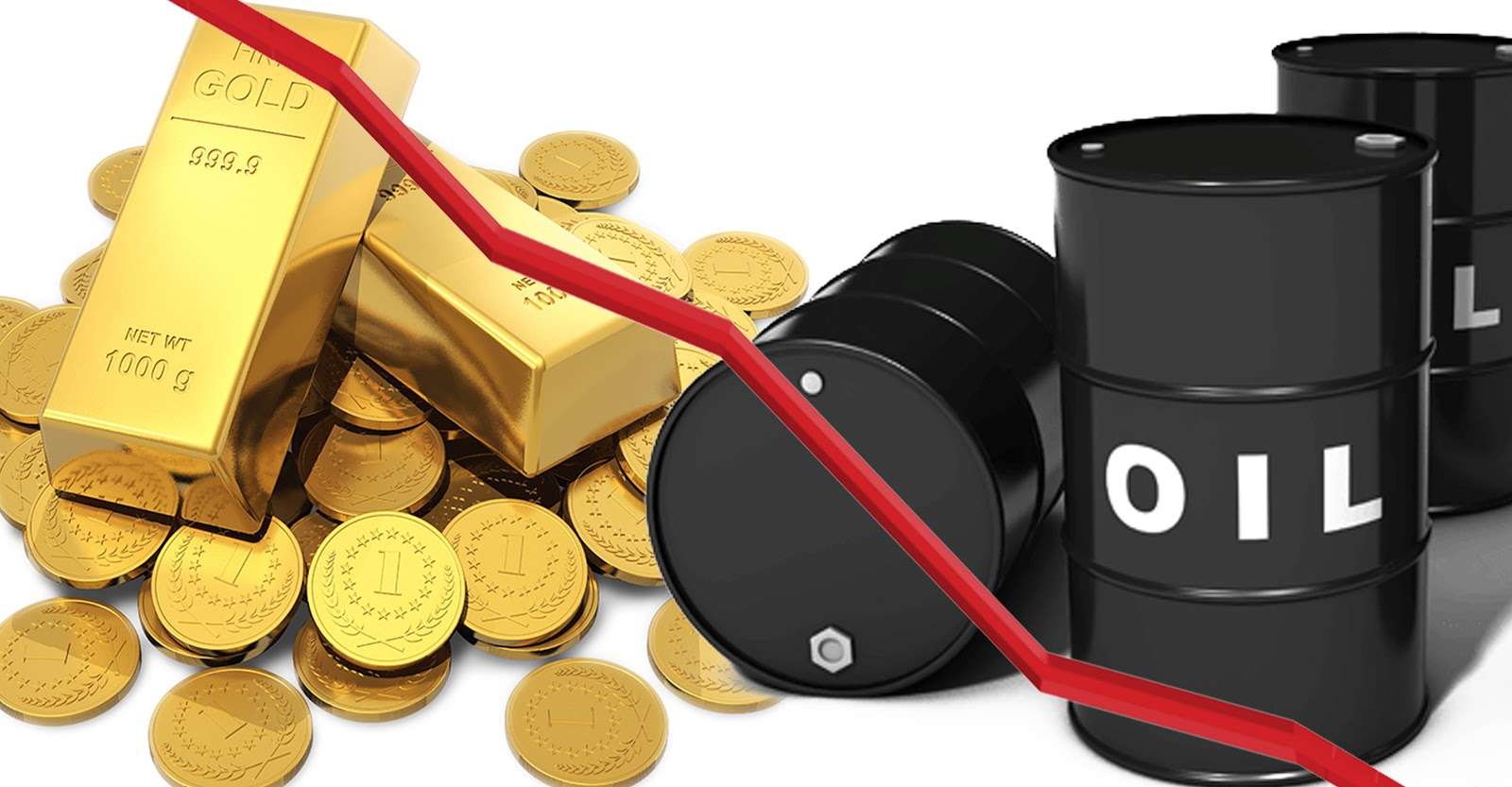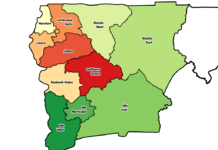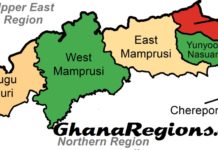
In a recent disclosure, the Bank of Ghana (BoG) confirmed that the much-publicized Gold For Oil (G4O) initiative launched to stabilize the local currency and reduce fuel prices has incurred a staggering GH¢2.14 billion loss.
Despite this fiscal setback, GhanaRegions.com can confirm that, the cedi is now one of the world’s best-performing currencies in 2025. This article dives into what went wrong with the G4O programme, the underlying causes of the losses, and why the Ghanaian cedi is gaining strength today.
What Was the Gold For Oil Programme?
Introduced in January 2023, Ghana’s Gold For Oil (G4O) policy allowed the Bank of Ghana to purchase gold from local miners and use it to secure petroleum products instead of spending scarce US dollars.
The goal was to ease forex pressure, lower fuel prices, and stabilize the Ghanaian cedi, all amid a global economic crunch and local inflation spikes.
BoG Confirms GH¢2.14 Billion in Total Losses
In July 2025, the BoG officially reported that G4O had resulted in GH¢2.14 billion in financial losses across two fiscal years:
- GH¢320 million in 2023
- GH¢1.82 billion in 2024
These losses were mainly caused by exchange rate differences and declining oil prices that left the central bank with overpriced petroleum stockpiles. The Bank also cited misaligned pricing between local gold purchases and international conversion rates.
Why Did the Programme Fail Financially?
Several critical factors contributed to the heavy losses under G4O:
- Exchange Rate Mismatches: BoG paid more for gold in cedis than what the international market offered, creating conversion losses.
- Oil Price Volatility: Petroleum was purchased when global prices were high, but market corrections caused Ghana to sell at lower margins.
- Operational Delays: Mismatched timelines between gold procurement and fuel deliveries disrupted cash flow and market value.
Despite these issues, the BoG argued that G4O achieved some positive side effects.
The Positive Outcomes: Lower Fuel Costs and FX Demand
While the programme lost money, it did help reduce the need for USD in petroleum imports by about $1.66 billion over 18 months. Additionally:
Fuel market competition increased, causing premiums on imported fuel to drop significantly.
Interbank forex pressure eased, temporarily stabilizing the exchange rate during a volatile period.
Pump prices became more predictable, supporting consumers and small businesses.
What Was the Impact on the Ghanaian Cedi?
Between 2022 and 2024:
The Ghana cedi depreciated rapidly, hitting lows of GH¢16.4 to the dollar by late 2024. This was largely due to:
- High inflation (peaking at over 50%)
- Low forex reserves
- Debt service stress
In 2025: Sharp Rebound
From early 2025 onward, the cedi appreciated strongly, reaching GH¢10/USD by June 2025, thanks to:
- Tight BoG monetary policy (interest rate at 28%)
- Debt restructuring and IMF support (over $600M in new funding)
- Gold accumulation policy (reserves grew from 8.7 to over 30 tonnes)
- Stronger fiscal discipline and reduced imports
Experts agree that while G4O played a minor supporting role, the real drivers were structural reforms and increased macroeconomic credibility.
Summary of Ghana’s Gold-for-Oil Key Figures
| Category | Details |
|---|---|
| G4O Losses | GH¢2.14 billion (GH¢320M in 2023, GH¢1.82B in 2024) |
| FX Savings | $1.66 billion in reduced USD demand |
| Fuel Premiums | Fell from $150–170/tonne to $50–80/tonne |
| Cedi Performance | GH¢16.4/USD in Nov 2024 → GH¢10/USD in July 2025 |
| Main Cedi Recovery Drivers | IMF reforms, gold reserves, tight monetary policy |
Finally, Ghana’s Gold-for-Oil experiment was bold but ultimately financially unsustainable. It delivered short-term forex relief and helped ease fuel price pressures, but poor timing, weak hedging, and market volatility led to heavy central bank losses.
The recovery of the cedi in 2025 has more to do with debt restructuring, policy credibility, and reserves management than with the G4O programme itself. As Ghana looks ahead, the lesson is clear: structural reforms outperform quick fixes in the long run.

















































![Morocco knock out Spain on 3-0 penalties to reach FIFA World Cup 2022 quarter-final, Morocco vs Spain (0-0) (3-0) [Video]. Morocco knock out Spain on 3-0 penalties](https://ghanaregions.com/wp-content/uploads/2022/12/Watch-Morocco-vs-Spain-0-0-and-3-0-penalties-218x150.jpg)

































